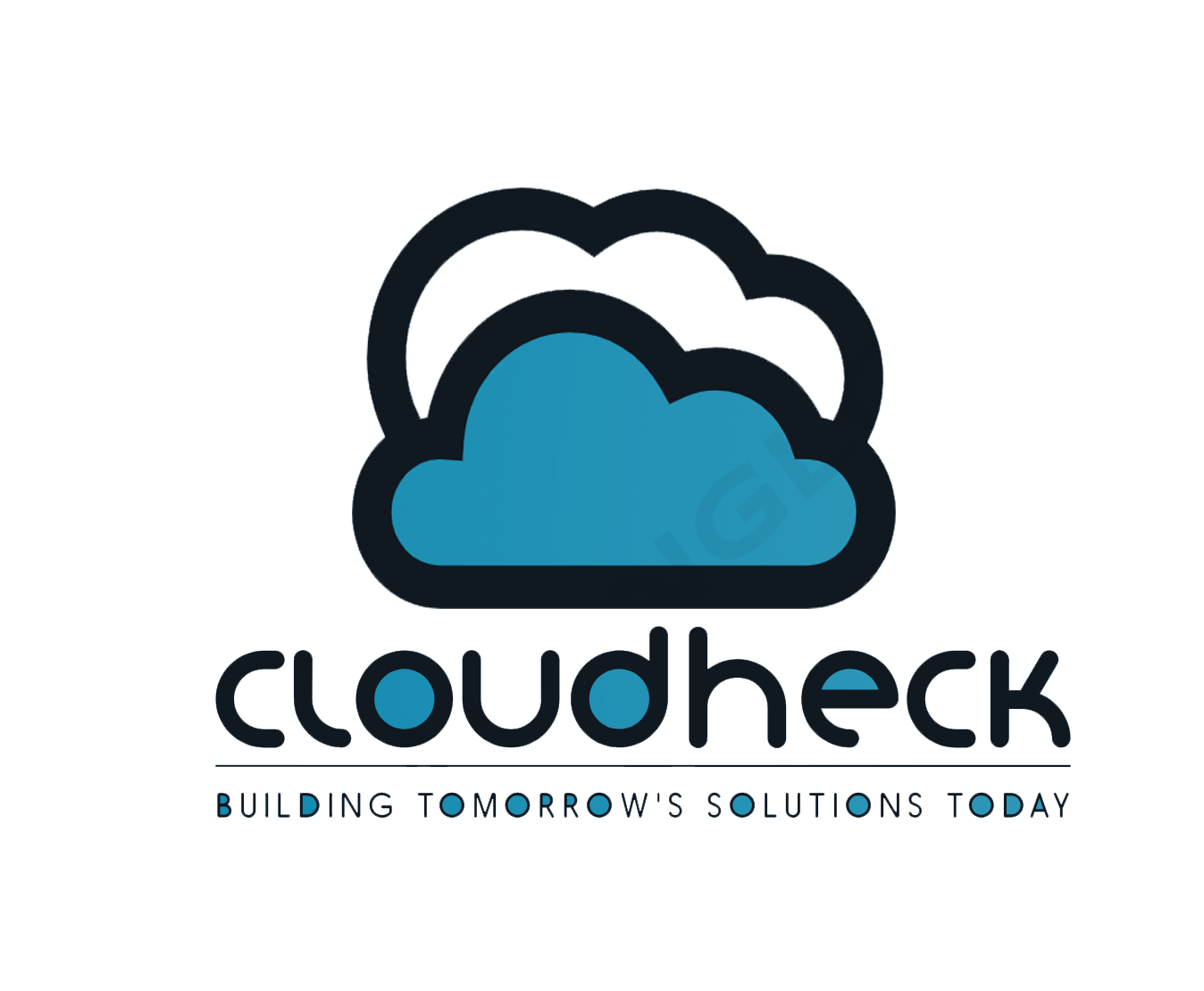Introduction

The advent of Web3 and the evolution of blockchain technology have ushered in a new era of decentralization. With the ability to create more decentralized products and services, blockchain is revolutionizing various industries. In this article, we will explore the progress in Web3, focusing on the advancements in decentralized data storage and encryption, as well as the growing practicality and potential of non-fungible tokens (NFTs) in areas such as ticketing and digital ownership.
1. The Evolution of Blockchain Technology
Blockchain technology has come a long way since its inception. Initially known as the underlying technology for cryptocurrencies, such as Bitcoin, it has evolved to encompass a wide range of applications. With the introduction of smart contracts, blockchain gained the ability to execute programmable actions, opening up possibilities beyond traditional financial transactions.
1.1 Blockchain’s Distributed Ledger
At the heart of blockchain lies its distributed ledger, which records and verifies transactions across multiple nodes or computers. This decentralized nature eliminates the need for intermediaries, increasing transparency and security.
1.2 Smart Contracts and Decentralized Applications (DApps)
Smart contracts enable self-executing agreements between parties without the need for intermediaries. These contracts automatically enforce the terms, providing efficiency and reliability. Decentralized applications (DApps) leverage smart contracts to create a variety of decentralized services, including finance, gaming, and supply chain management.
2. Decentralized Data Storage and Encryption
Blockchain technology brings enhanced security and innovative ways to access and analyze data through decentralized data storage and encryption methods.
2.1 Decentralized Data Storage
Traditional centralized data storage systems are prone to vulnerabilities, such as single points of failure and data breaches. Decentralized data storage, powered by blockchain, distributes data across a network of nodes, ensuring redundancy and reducing the risk of data loss or manipulation.
2.2 Enhanced Security through Blockchain Encryption
Blockchain utilizes cryptographic techniques to secure data. Each transaction or data entry is encrypted and linked to the previous one, forming an unalterable chain of blocks. This immutability and cryptographic integrity provide a high level of security, making blockchain attractive for applications that require tamper-proof data.
3. Non-Fungible Tokens (NFTs) and their Practicality
Non-fungible tokens (NFTs) have gained significant traction in recent years, offering unique digital assets and opening up new possibilities in various industries.
3.1 Understanding NFTs
Unlike cryptocurrencies, which are fungible and interchangeable, NFTs represent one-of-a-kind digital assets, such as artwork, collectibles, and virtual real estate. Each NFT is unique and can be bought, sold, and owned by individuals.
3.2 NFTs in Ticketing
The ticketing industry is ripe for disruption, and NFTs present a promising solution. NFT-based tickets provide enhanced security, eliminating counterfeiting concerns. Additionally, NFTs enable artists and event organizers to retain control over ticket resale, potentially earning royalties from secondary sales.
3.3 NFTs and Digital Ownership
NFTs have the potential to revolutionize the concept of digital ownership. Previously, digital content could be easily copied and shared, undermining creators’ rights. With NFTs, artists and content creators can establish ownership and sell their digital creations directly to consumers, ensuring authenticity and traceability.
4. The Future of Web3 and Blockchain Technology
As Web3 and blockchain continue to evolve, the possibilities for decentralized products and services are expanding. The technology holds immense potential for various industries, including finance, supply chain management, gaming, and beyond.
4.1 Financial Inclusion and DeFi
Decentralized finance (DeFi) has emerged as one of the most promising applications of blockchain technology. DeFi platforms enable financial services without intermediaries, providing access to banking, lending, and investing for the unbanked or underbanked populations worldwide.
4.2 Supply Chain Management
Blockchain’s transparency and traceability make it ideal for supply chain management. By recording each transaction and movement of goods on the blockchain, stakeholders can ensure the authenticity, quality, and ethical sourcing of products.
4.3 Gaming and Virtual Worlds
Blockchain has the potential to revolutionize the gaming industry by enabling true ownership of in-game assets, interoperability between games, and decentralized virtual worlds. Players can trade, sell, and use their assets across different games and platforms, creating new economic models within gaming ecosystems.
Conclusion
The progress in Web3 and the advancements in blockchain technology are propelling us toward a more decentralized future. From decentralized data storage and encryption to the practicality of NFTs in ticketing and digital ownership, the potential for innovation is vast. As blockchain continues to evolve, it will unlock new possibilities and reshape industries across the globe.
Contact us today for a consultation and let’s embark on a journey of digital transformation.
Follow us on Linkedin and Twitter
Check out our other services for Software development
Follow us
Frequently Asked Questions (FAQs)
Q1. Are NFTs only used for digital artwork?\
No, NFTs are not limited to digital artwork. While NFTs gained initial popularity in the art world, they have found use cases in various industries, including music, gaming, virtual real estate, and even ticketing.
Q2. Can NFTs be resold?\
Yes, NFTs can be resold. In fact, one of the advantages of NFTs is that artists and creators can earn royalties from secondary sales. When an NFT is resold, the original creator can receive a percentage of the sale price, providing a potential revenue stream.
Q3. How does decentralized data storage work?\
Decentralized data storage involves distributing data across a network of nodes or computers. Instead of relying on a central server or data center, data is stored redundantly across multiple locations. This approach increases security, as there is no single point of failure, and enhances data availability.
Q4. Can blockchain technology be used for voting systems?\
Yes, blockchain technology can be applied to voting systems. By leveraging blockchain’s transparency and immutability, it is possible to create secure and tamper-proof voting systems. Blockchain can provide a verifiable record of votes, ensuring transparency and trust in the electoral process.
Q5. Are there any environmental concerns with blockchain technology?\
Blockchain technology, especially in its current proof-of-work (PoW) form, does consume significant energy. However, there are ongoing efforts to develop more energy-efficient consensus mechanisms, such as proof-of-stake (PoS) and other innovative approaches, to address the environmental impact of blockchain.








